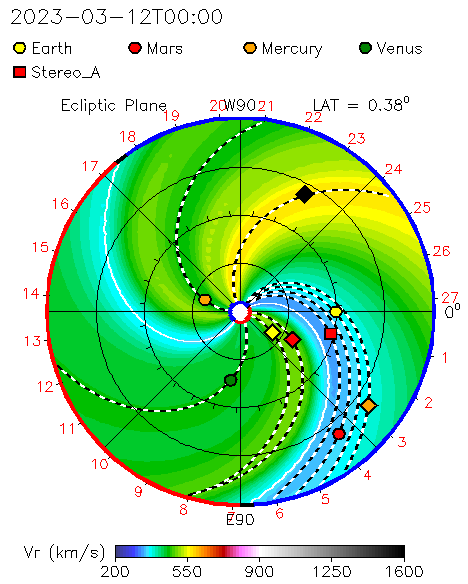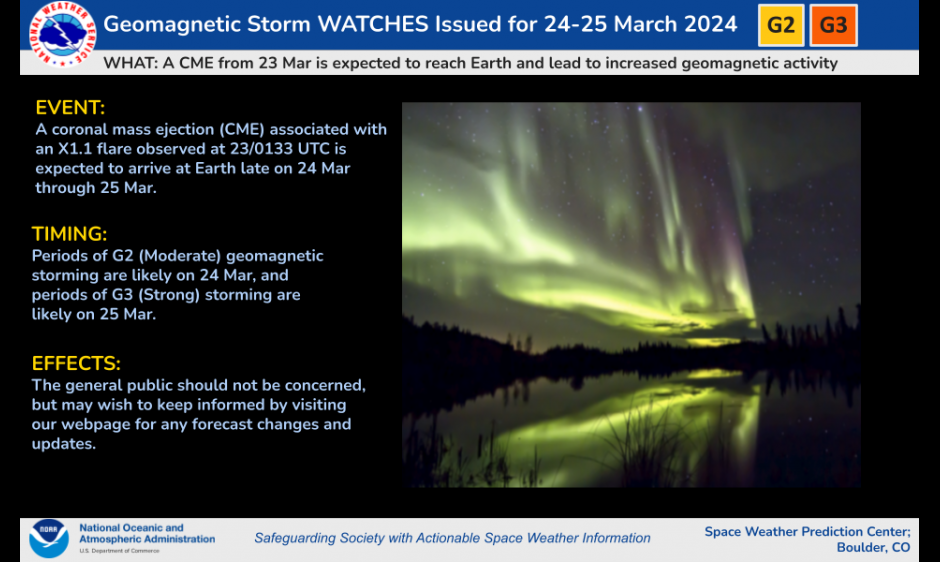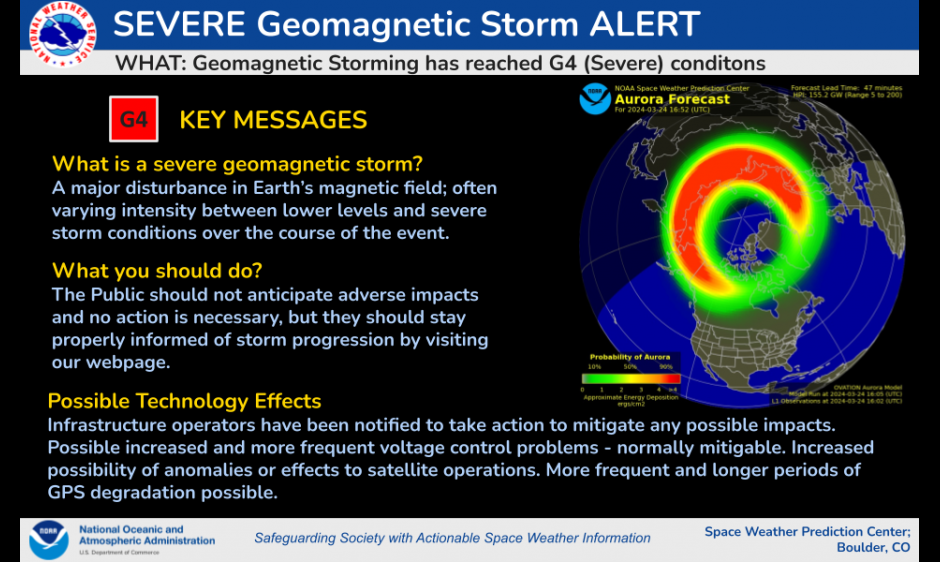March 2024 Solar Activity: What Do Prescott Residents Need to Know?
The recent solar event has reignited both interest and concern regarding the power of our Sun's activity. For the residents of Prescott and Northern Arizona in general, this celestial occurrence has the potential to offer a rare opportunity to witness the northern lights, a spectacle often reserved for more northerly latitudes. However, it also serves as a stark reminder of the vulnerabilities our technological infrastructure faces in the aftermath of such solar phenomena. As this event unfolds, it brings to the forefront the need for awareness and preparedness within communities like Prescott, where the implications of increased solar activity could span from awe-inspiring natural displays to significant challenges for communication systems, power grids, and beyond.
Recent Solar Flare Events
On March 23, 2024, a notable solar event occurred when an X1.1 class flare erupted from the Sun, originating from two distinct sunspot regions, AR3614 and AR3615. This event was unusual because it involved "sympathetic flares," where two nearly simultaneous flares from separate regions combined their energies, producing the output equivalent to a single X1.1 flare. This led to an R3 (strong) radio blackout affecting areas of Indonesia and Australia. Solar flares are categorized into classes, with X-class flares being the most intense and capable of causing planet-wide radio blackouts and significant radiation storms. Though less powerful, M-class flares can still cause considerable disturbances, especially affecting Earth's polar regions with brief radio blackouts. The distinction between these flare classes lies in their energy output and potential impact on Earth's technological and natural systems. The flare event from AR3614, likely in the M-class range itself, showcased the interconnectedness and potential for compounded effects from solar activity. The resulting coronal mass ejection (CME), a massive burst of solar wind and magnetic fields, further emphasized the dynamic and potent forces at play, underscoring the ongoing need for vigilance and research into our Sun's behavior.
Rendering of a large CME impacting Mercury. Earth is the yellow circle at three o’clock.
Understanding Coronal Mass Ejections
Coronal Mass Ejections (CMEs) play a significant role in the dynamics of space weather, with their immense bubbles of plasma being launched from the Sun into space. These events are not only fascinating from a natural science perspective but also impact space weather significantly. As these charged particles traverse space and interact with Earth's magnetic field, they can create awe-inspiring displays like the auroras, commonly known as the northern lights. However, the interaction between CMEs and Earth's magnetic field goes beyond visual phenomena. These ejections have the potential to disrupt our planet's technological infrastructure significantly. For example, when the cloud of charged particles from a CME collides with Earth's magnetosphere, it can induce large electrical currents capable of interfering with power grids. This can lead to widespread power outages and substantial economic impacts. Communication networks, including satellite operations crucial for GPS services and mobile phone networks, are also vulnerable to disruptions. The increased radiation from these solar events can interfere with satellite electronics and data transmission, resulting in degraded service or complete failures.
Magnitude and Historical Context
The magnitude and historical context of solar events, particularly CMEs, underscore the formidable power of the Sun and its capacity to influence Earth's technological and natural environments. The Carrington Event of 1859 and the Miyake Event around A.D. 774 serve as poignant reminders of this celestial force. The Carrington Event, the most intense geomagnetic storm on record, triggered by a powerful solar flare and its subsequent CME, illuminated the skies with spectacular auroras and caused significant disruptions to the telegraph systems across Europe and North America. Radiocarbon dating of tree rings identifies the Miyake Event, a massive burst of cosmic radiation likely from a solar flare or a very fast CME, demonstrating the potential of solar phenomena to alter atmospheric chemistry.
Fingers Crossed for Northern Lights in Northern Arizona
Despite the potential risks, the recent geomagnetic storms have also offered a rare treat for skywatchers. As of now, it appears unlikely that the northern lights will be visible in Arizona; however, the full impact of the CME will not be known until Monday, offering a glimmer of hope for a rare viewing.
The events of March 23, 2024, have once again highlighted the importance of space weather monitoring and preparedness. In our technologically driven lives, understanding and predicting solar activity is increasingly crucial. The collaboration between organizations such as NASA and NOAA in studying the Sun and providing timely warnings is vital for mitigating the impacts of solar flares and CMEs on our society.





